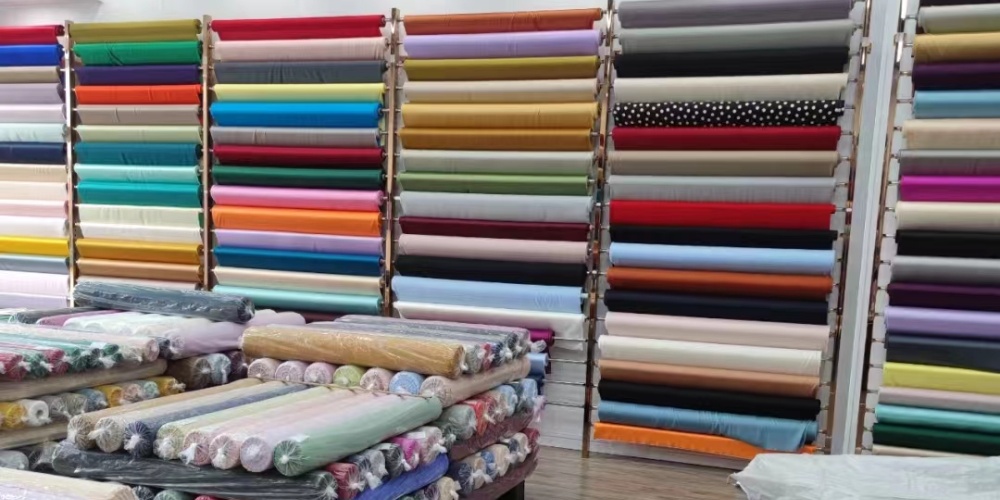Wie sich Farben auf die MOQ auswirken: Eine praktische Analyse von Handwerk und Verfahren
In vielen Branchen, vor allem in der Textilproduktion und -konfektionierung, gibt es häufig die Anforderung, eine Mindestbestellmenge (MOQ). Diese Anforderung führt häufig zu Fragen von Kunden, wenn sie eine Bestellung aufgeben: Warum ist bei manchen Produkten eine Mindestbestellmenge erforderlich? Warum sagt mein Lieferant immer, es sei unmöglich, 20 Stück in einer Farbe oder 10 Farben mit je 20 Stück zu produzieren? Um dies zu klären, habe ich eine Reihe von Artikeln geschrieben mit dem Titel Warum kundenspezifische Partnerschaften eine Mindestbestellmenge haben: Eine Analyse der verschiedenen Einflussfaktoren.
In diesem Artikel wird analysiert, warum Farben die Mindestbestellmenge (MOQ) aus handwerklicher und produktionstechnischer Sicht beeinflussen, und es werden praktische Empfehlungen auf der Grundlage von Szenarien aus der Praxis gegeben.
Sie können besuchen Kleinserien-Anpassung um mehr zu erfahren.
Digitaldruck Vs MOQ
Am Beispiel des Digitaldrucks wissen wir, dass während des Betriebs einer Druckmaschine, vor allem zu Beginn, immer eine kleine Menge an Abfall anfällt, weil die Maschine nicht reibungslos läuft. Die Ursachen für diese Situation können sein:
- Beim Kaltstart führen die Reibung zwischen den mechanischen Teilen und die Temperaturunterschiede zu einer anfänglichen Betriebsinstabilität;
- Die Tinte kann sich in den Rohren oder Düsen leicht verfestigen oder absetzen, was zu einem instabilen Tintenfluss oder einem Verstopfen der Düsen bei Druckbeginn führen kann;
- Bei der Inbetriebnahme muss die Druckmaschine eine gewisse Kalibrierung oder Einstellung vornehmen, bevor sie richtig drucken kann.
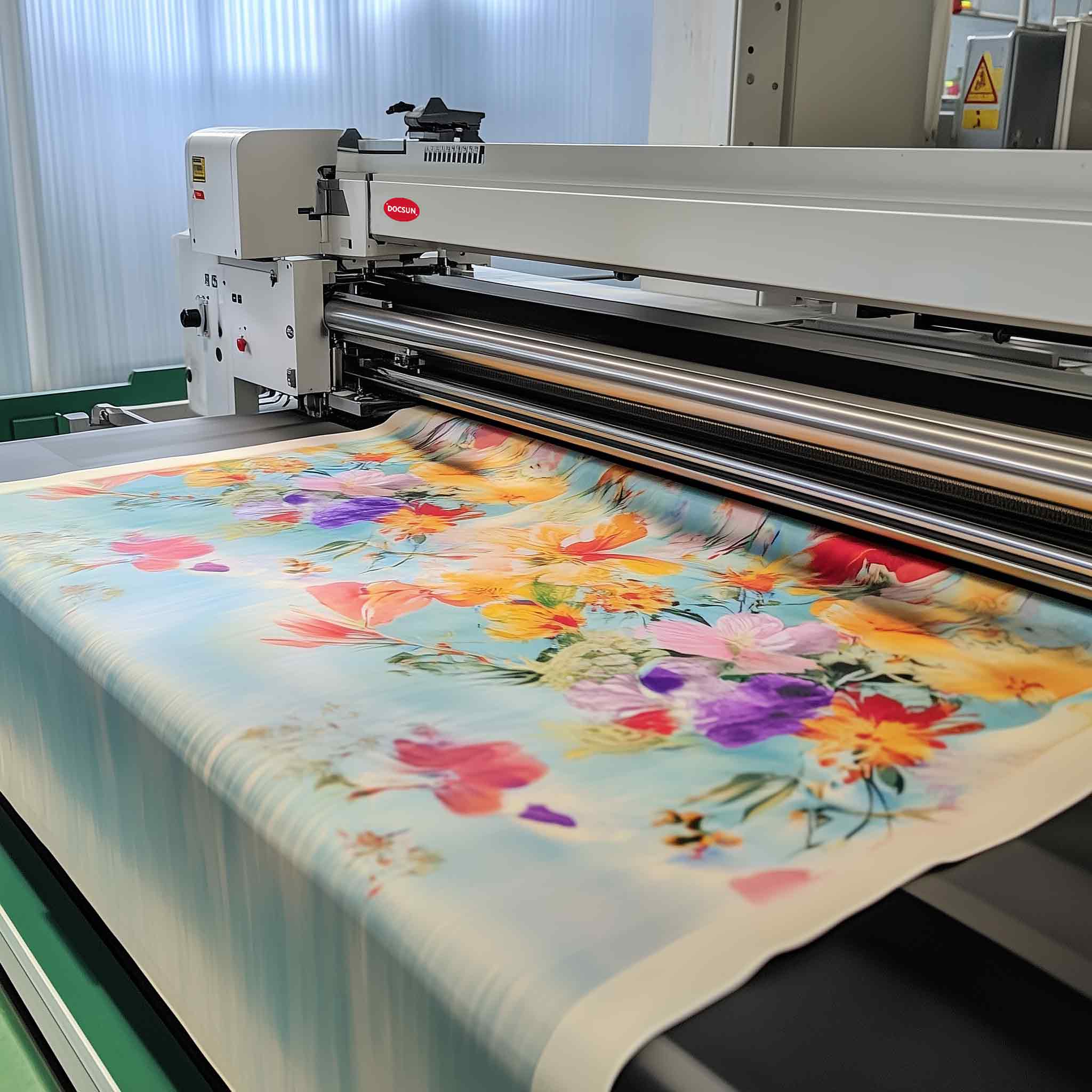
Aus diesen Gründen wird der anfängliche Abfall zu einem bedeutenden Faktor, wenn Kunden eine kleine Menge für jede Farbe anfordern, insbesondere im Fall von mehreren Farben. Die Zeit und die Ressourcen, die für die Stabilisierung der Maschine für jede Farbe aufgewendet werden, tragen zu höheren Betriebskosten bei, so dass es für die Lieferanten unpraktisch ist, solche kleinen Aufträge zu einem vernünftigen Preis zu erfüllen.
Färben VS MOQ
Wenn wir Färbeverfahren anstelle von Druckverfahren verwenden, verbessert sich die Situation nicht wesentlich. Für Färbeverfahren sind in der Regel große Färbebottiche oder andere Anlagen erforderlich. Bei der Produktion von Kleinserien, bei denen die produzierte Menge relativ gering ist, ist der Zeit- und Kostenaufwand für die Einstellung der Ausrüstung, das Mischen der Farbstoffe, die Reinigung und die Inbetriebnahme immer noch vorhanden. Diese Anpassungen und die Verschwendung während der Inbetriebnahme (z. B. Verbrauch von Farbstoffflotte, Leerlaufzeiten der Maschinen usw.) machen sich bei der Produktion kleiner Chargen besonders bemerkbar und erhöhen die Kosten pro Produkteinheit erheblich.
Beispielsweise führt die Notwendigkeit, die Färbeausrüstung für jede kleine Charge vorzubereiten und einzustellen, zu einem erhöhten Ressourcenverbrauch und zu Zeitverschwendung, so dass es weniger kosteneffizient ist, eine kleine Menge von Artikeln zu produzieren. Daher legen die Hersteller oft eine Mindestbestellmenge fest, um sicherzustellen, dass der Produktionsprozess wirtschaftlich ist und die Kosten für Anpassung und Verschwendung auf eine größere Anzahl von Einheiten verteilt werden.
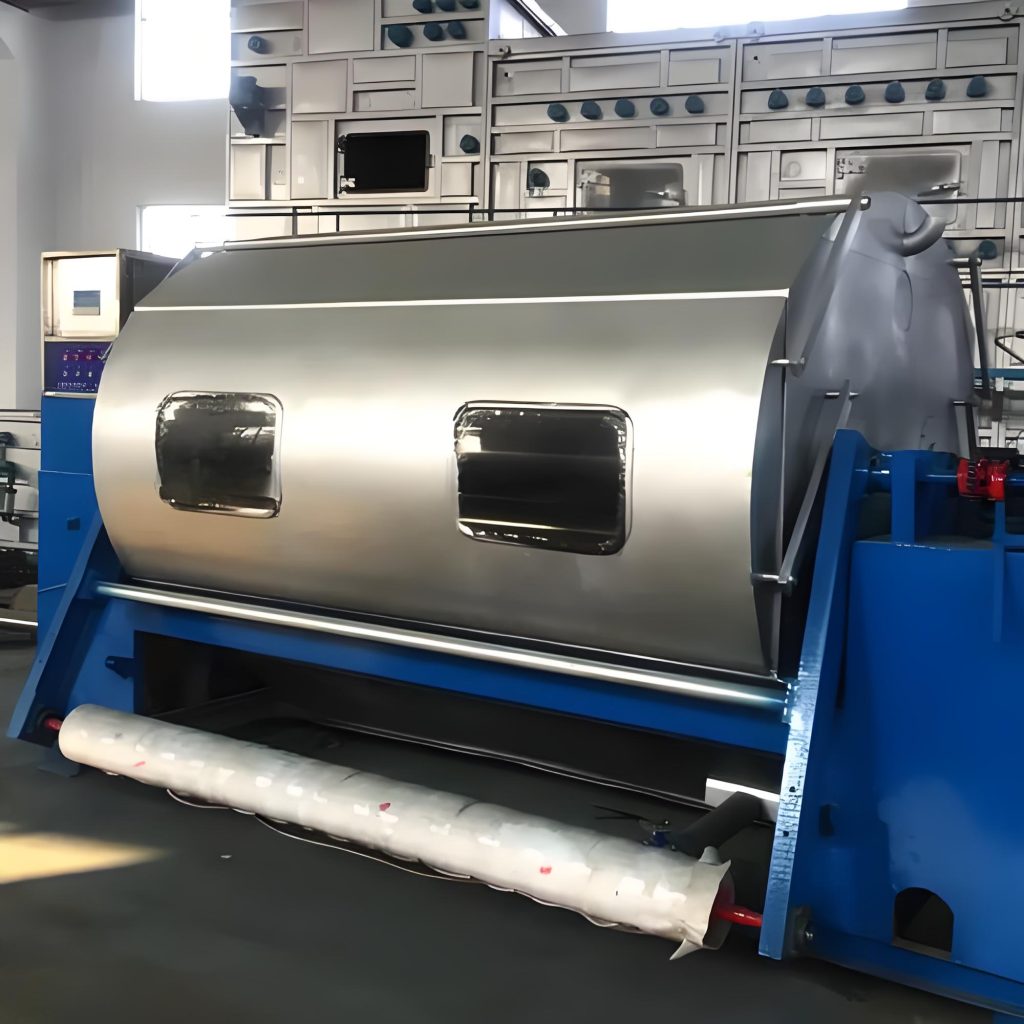
Produktionsprozess VS MOQ
Einer meiner Kunden versteht das überhaupt nicht: "Ich muss digital bedruckte Maulbeerseidenschals individuell gestalten? Warum können Sie nicht 10 Stück für mich zum Großhandelspreis herstellen? Ist es für Sie nicht einfach, 10 Exemplare mit einem Digitaldrucker zu drucken?" Der Grund, warum sie das sagt, liegt vor allem am mangelnden Verständnis für den Produktionsprozess des Produkts. Sie glaubt, der Drucker müsse nur das Muster drucken und es dann von Hand nähen.
Der Herstellungsprozess eines Maulbeerseidenschals umfasst jedoch 11 Schritte, darunter die Prüfung des Gewebes, die Größenbestimmung, die Veredelung der Schussfäden, den Digitaldruck, das leichte Trocknen, das Abwaschen überschüssiger Farbe, das Fixieren der Farbe bei hoher Temperatur, das Weichmachen, das Trocknen bei hoher Temperatur, die Qualitätsprüfung und das Rollen der Ränder von Hand.In Anbetracht der potenziellen Fehlerquote, die in den frühen Stadien des Drucks oder des Färbens auftreten kann, werden die Kosten für die Schals bei Mengen unter 50 Stück pro Design erheblich steigen. Selbst wenn die Fabrik hochprofessionell ist, ist es unmöglich, die Grenze von 30 Stück pro Design zu Großhandelspreisen zu erreichen.
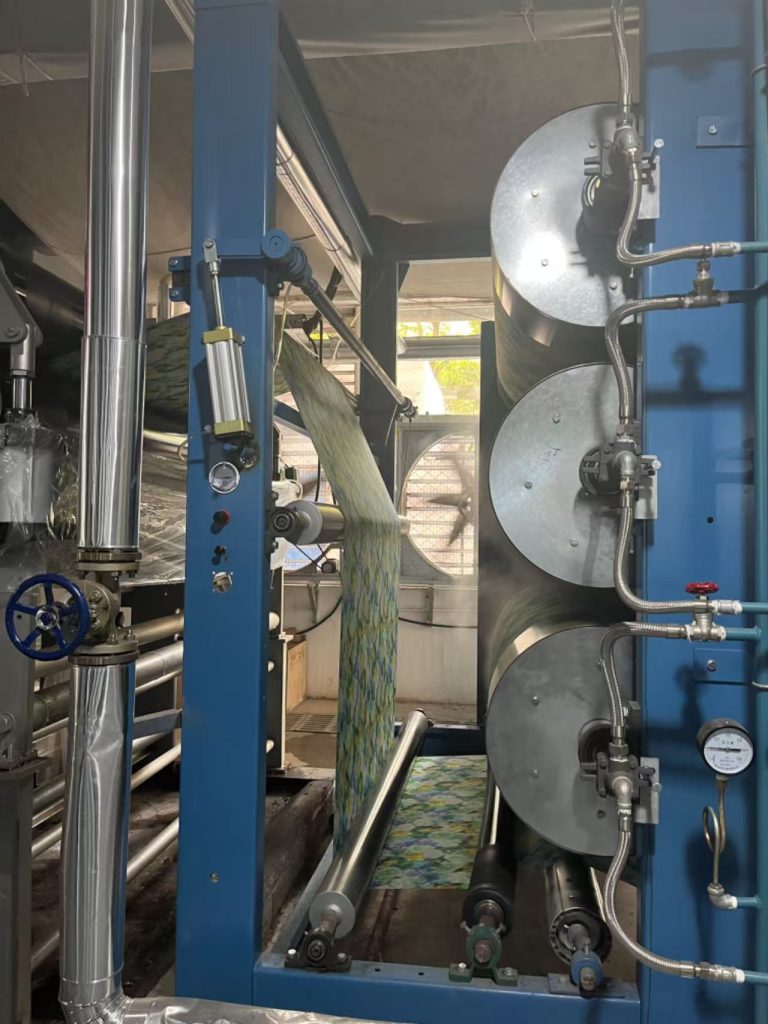
Bei der Herstellung von Textilien oder Maßkonfektion ist der Wechsel von Nähfäden oder Farbstoffen mit einem gewissen Zeit- und Ressourcenaufwand verbunden. Wenn zum Beispiel ein Kunde während des Produktionsprozesses eine bestimmte Farbe wünscht, muss die Fabrik möglicherweise die Nähfäden in der Ausrüstung wechseln oder die Farbe mischen. Dieser Vorgang erfordert die Einstellung der Maschinen, die Reinigung der Ausrüstung, die Durchführung von Farbtests und andere Aufgaben, die allesamt Zeit und zusätzliche Arbeitskosten erfordern.
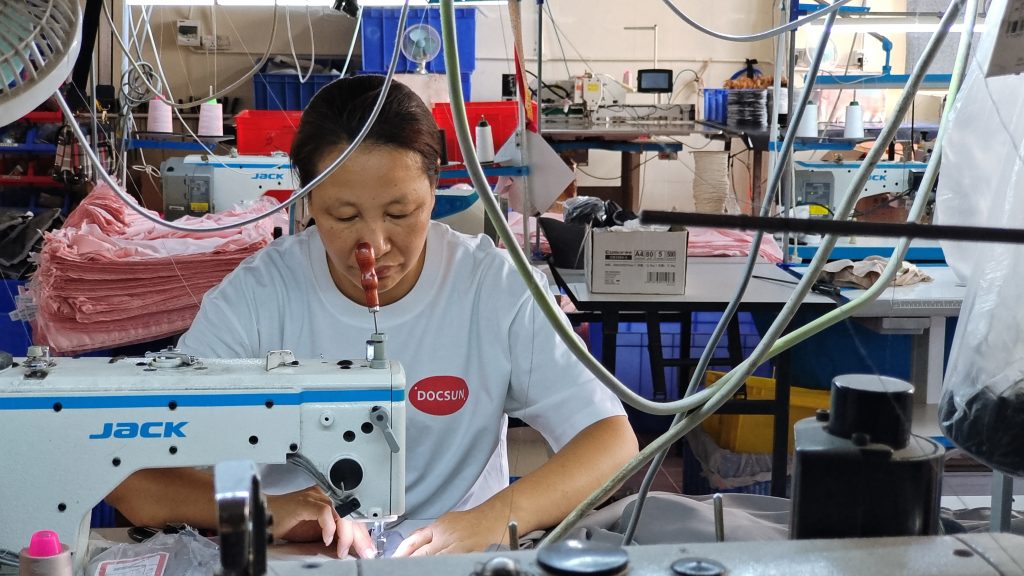
Diese Schritte sind nicht nur ressourcenintensiv, sondern verlängern auch die Gesamtproduktionszeit, so dass kleine Losgrößen weniger kosteneffizient sind. Die Fabrik muss Ressourcen bereitstellen, um die Qualität und Genauigkeit der Farbabstimmung sicherzustellen, was bei kleinen Aufträgen die Produktionskosten unverhältnismäßig erhöhen kann.
Vorschläge und Schlussfolgerungen
Aus einem anderen Blickwinkel betrachtet, sind größere Fabriken nicht unbedingt besser, da größere Fabriken in der Regel höhere Mindestbestellmengen verlangen und kleine Aufträge möglicherweise keinen Zugang zu ausreichender Produktionskapazität haben.
Daher ist es wichtig, einen Anbieter zu finden, dessen Umfang Ihren Bedürfnissen entspricht, der über ein umfangreiches Fachwissen, ein tiefes Verständnis der Prozesse, schnelles Feedback und eine enge Zusammenarbeit verfügt.
In der Anfangsphase eines Unternehmens rate ich den Unternehmern, die Lagerfarben der Lieferanten zu verwenden. Dies gewährleistet eine geringere Mindestbestellmenge. Für Seidenschals, bei denen das Musterdesign im Vordergrund steht, müssen Unternehmer einen vertrauenswürdigen Lieferanten finden und auf dessen Ratschläge bezüglich der MOQs hören.
Wenn Sie mehr über den Stoff, die Handwerkskunst, den Herstellungsprozess erfahren möchten oder eine weitere Zusammenarbeit wünschen, senden Sie uns bitte eine E-Mail über die folgende Adresse vip@docsunhomeandliving.com, oder klicken Sie auf das Bild unten, um unsere offizielle Website zu besuchen. Sie können auch besuchen Docsun Seide für die tägliche Outfitberatung.


